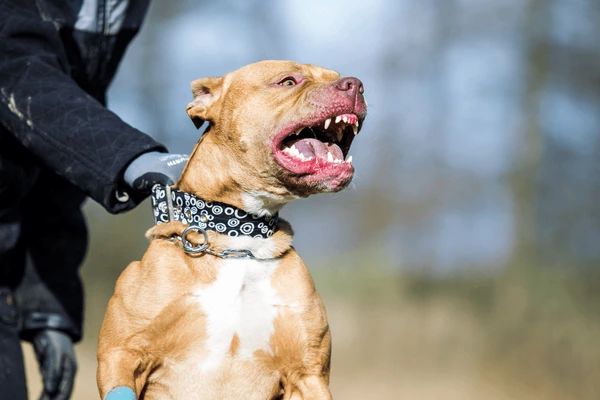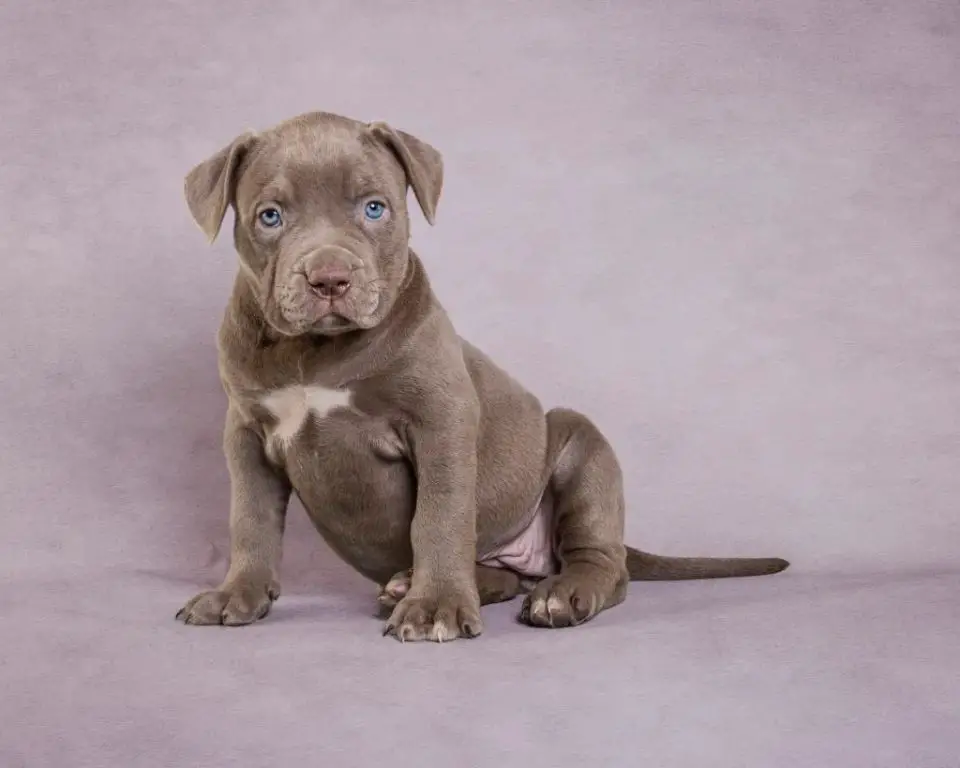History of Dogfighting
The origins of dogfighting date back to the Middle Ages and Renaissance periods in Europe, particularly in the United Kingdom. During this time, bull baiting and bear baiting were popular blood sports, where spectators watched dogs attack chained bulls or bears. As these blood sports were outlawed, dogfighting emerged as an alternative form of entertainment.
When European settlers came to America, they brought their dogs and the practice of dogfighting with them. Dogfighting became widely popular in the Southern United States in the 1800s. Spectators would gather at organized pit fights to watch dogs aggressively attack each other, often until the death of one of the animals. Betting was common at these events.
As attitudes towards animal cruelty shifted, locations like the United Kingdom and the United States began banning dogfighting. This sent the activity underground, leading to illegal dogfighting rings and breeding kennels operating secretly. However, the practice continues illegally today due to difficulties enforcing bans and cultural attitudes supporting dogfighting in some areas.
Pitbull Breed History
The pitbull-type breeds, including the American Pit Bull Terrier, American Staffordshire Terrier, and Staffordshire Bull Terrier, trace their ancestry back to bulldogs and terriers that were originally bred in the British Isles starting in the 1800s. These ancestors were bred and selected for their gameness, or willingness to continue fighting despite pain or injury, tenacity, athleticism, strength, and high prey drive.
Bull-baiting and bear-baiting – where dogs were pitted against chained bulls or bears as spectacle – was common entertainment in England. Bulldogs were bred to bait these large animals by biting them on the nose and face while avoiding their horns and hooves. When bull-baiting was outlawed in the 1830s, the dogs were then pitted against each other in contests of strength and stamina.
To enhance their dogs’ gameness and agility in the fighting pit, bulldog breeds were crossed with terriers, resulting in more athletic pit fighting dogs that stood between 15-27 inches and weighed 30-60 lbs. Selective breeding focused on traits like high energy, explosive movement, pain tolerance, strong bite, and determination to win.

When British immigrants came to America in the mid-1800s, they brought their dogs along. Pitbull-type dogs were used on farms for hunting, herding, and general work purposes. The American Pit Bull Terrier breed was officially recognized by the United Kennel Club in 1898.
Desirable Traits in Fighting Dogs
When selecting and breeding dogs for fighting, certain physical and behavioral traits are considered desirable for their fighting potential and aggression. Two key traits sought after are gameness and a strong prey drive.
Gameness refers to a dog’s willingness to continue fighting, despite injury or exhaustion. Dogs bred for fighting needed to display an extreme unwillingness to quit or give up during a match. Even against the threat of death, they would persist until victory or to the very end. This trait has been reinforced through generations of selective breeding, resulting in bloodlines known for their tenacity and persistence.
Fighting dogs also require a strong prey drive and quick reflexes. Their instincts to chase down and bite prey are exploited in the fighting context. Speed, athleticism, explosive power, and endurance were additional desired attributes. These allowed the dogs to overpower opponents, dodge attacks, and maintain aggressive attacks throughout prolonged fights.
By selectively breeding dogs that consistently displayed these traits, dogmen were able to produce bloodlines well-suited for the demands of the fighting pit. The pitbull as a breed emerged from crosses between bulldogs and terriers, which combined the gameness and athleticism required for dogfighting success.
Training and Conditioning of Fighting Dogs
Those who run dogfighting operations use various techniques to prepare their dogs for the violent encounters in the pit. A key aspect of conditioning fighting dogs is building their physical strength, stamina and endurance to maximize their chances of winning.

Fighting dogs are made to undergo rigorous exercise regimens, including intense runs on treadmills, pulling weighted sleds, and having them hang from jungle gyms to build up their muscles. Their training focuses on developing powerful jaw muscles as well.
In addition to physical conditioning, efforts are made to enhance the dogs’ inherent aggression and willingness to fight. This is done through a cruel practice known as “baiting,” where dogs are encouraged to attack and tug on live animals or spring poles with hides or puppets attached. Puppies may be starved, isolated and abused to make them meaner.
While these conditioning methods are intended to prepare the dogs for the fighting pit, they often cause great suffering and make the animals more prone to biting humans. The inhumane nature of dogfighting training reveals why the bloodsport has been outlawed in most places.
Role of the Handler
In dogfighting, the handler plays a critical role in preparing the dog for a fight and managing it during the actual event. The handler is responsible for conditioning and training the dog using techniques that often involve cruelty and punishment. This conditioning instills aggression in the dog while desensitizing it to pain and stress.
Common training methods include having dogs wear heavy chains, use treadmills, and hang from slings to build up muscle strength and stamina. Dogs may be intentionally goaded or starved to trigger aggressive and defensive behaviors. Handlers also train fighting dogs to be highly obedient using force, punishment and intimidation.
During an actual dogfight, the handler must make split-second decisions on when to release the dog from its corner and when to remove the dog from the ring. Timing is critical – releasing the dog too early or too late can negatively impact its performance. Handlers watch for signs of fatigue, injury or submission to determine when to end the match. While dogfighting rules vary, a dog is usually declared the loser if it refuses to scratch (return to the ring) or shows clear signs of defeat.
In summary, the handler plays an active, involved role in conditioning dogs for fighting and managing their performance during bloody matches. Their techniques often rely on cruelty and punishment to instill the necessary aggression and pain tolerance in the dogs.
Underground Dogfighting Ring Operations

Dogfights usually take place in clandestine locations away from the public eye. Common venues include abandoned warehouses, garages, basements, barns on private farmland, or open fields in rural areas. Fighting pits are simple dirt circles enclosed with plywood walls or chain link fencing to contain the animals.
Spectators gather and pay cash entry fees to watch the fights. Illegal gambling and betting are central activities, with wagers placed on which dog will win. The purse or prize money can range from a few hundred to thousands of dollars per fight. The stakes motivate owners to breed and train increasingly vicious animals.
Attendance at a fight may range from a couple dozen to over a hundred people. The atmosphere is often described as electrifying, with the crowd cheering wildly as the animals attack each other. While dogfighting is a felony in all 50 states, law enforcement struggles to infiltrate and shut down these highly secretive events.
Law Enforcement Efforts
Despite dogfighting being illegal in all 50 states and a felony in most, enforcement remains a challenge. Underground dogfighting networks are difficult to infiltrate and gather evidence on. Rings operate in very secretive, organized fashions with coded language and strict rules to avoid detection. Dogfights are often set up in remote rural areas or run out of abandoned buildings and houses to avoid attention.
However, law enforcement and animal cruelty investigators have made some significant progress in recent years. Many states have established task forces specifically to combat dogfighting. Undercover operations allow officers to infiltrate inner circles, document evidence, and understand the operations of dogfighting networks. When successful raids occur, dozens of dogs may be rescued and multiple arrests made.
Penalties for those convicted of dogfighting or associated activities are significant. Most states impose felony charges, years in prison, and fines up to $50,000 per violation. Assets such as property, vehicles, cash, and paraphernalia may also be seized. However, legal experts argue the current laws are still not harsh enough to deter criminals from continuing to stage dogfights.
Further progress involves passing stronger legislation to increase penalties, establishing well-funded task forces, and coordinating efforts between local, state and federal law enforcement. Tougher penalties and more effective enforcement initiatives are keys to reducing the prevalence of dogfighting across the country.
Rehabilitation of Fighting Dogs
Many fighting dogs can be rehabilitated through careful evaluation and therapy. Shelters and rescue organizations first evaluate the dog’s temperament to determine if it is suitable for rehabilitation. Dogs who show unwarranted aggression towards humans are often euthanized, as they pose too great a public safety risk. Dogs who show dog aggression but no human aggression are better candidates for rehabilitation.
Suitable dogs then undergo extensive behavior modification therapy designed to reduce their aggression towards other dogs. This involves techniques such as counterconditioning and desensitization. The dogs are exposed to well-socialized dogs in a controlled setting and taught to remain calm. Their aggressive responses are discouraged while non-aggressive behaviors are rewarded with treats. Over time, the fighting dogs learn to interact peacefully with other dogs. Ongoing socialization helps maintain these new behaviors.
With proper evaluation, therapy, training, and placement in an experienced home, many former fighting dogs can be adopted into family environments and live out the rest of their lives free from violence. Their innate animal aggression from selective breeding can be overcome through compassionate rehabilitation efforts.
Preventing Dogfighting
There are several key ways communities can work to prevent dogfighting from taking hold and protect pit bulls and other breeds from being exploited:

Community Outreach and Education
Outreach programs in schools, community centers, and events can teach people about the realities of dogfighting and its consequences. These programs can encourage reporting suspected dogfighting to authorities and demonstrate how we all have a role in speaking up against animal cruelty.
Promoting Responsible Ownership
Veterinarians, breeders, shelters, and pet stores should counsel potential pit bull owners on proper training, socialization, containment, and care for the breed. Resources and support can help prevent irresponsible ownership and reduce the risk of pit bulls being obtained by dogfighters.
Youth Engagement Programs
Mentorship programs, 4-H clubs, and other opportunities to positively engage youth provide an alternative to the false allure of dogfighting culture. Activities that teach empathy and compassion for animals can discourage youth from participating in or glamorizing dogfighting.
Alternatives to Using Pitbulls
Although pitbull breeds have historically been the dog of choice for dogfighting operations, there are alternatives that some dogfighters have turned to. Some Underground dogfighting rings have begun shifting towards other muscular, strong breeds like Cane Corsos, Dogo Argentinos, and bull terriers. The belief is that these breeds are just as capable in the fighting pit, while drawing less attention from law enforcement who heavily monitor pitbull breeds.
Additionally, some dogfighters have started crossbreeding pitbulls with other dogs to produce mixed breeds that retain the gameness and aggression but may be less recognizable. For example, breeding pitbulls with boxers or bulldogs. The motivation is to maintain dogs optimal for fighting, while avoiding unwanted attention from authorities.
However, many dogfighters continue to favor American Pit Bull Terriers and other pitbull breeds due to decades of specialized breeding for gameness and fighting ability. There is reluctance to abandon tried and true fighting lines for alternative breeds that are less proven in the pit. As long as dogfighting persists, pitbull breeds will likely remain the most common dogs abused for this purpose due to their genetic predisposition for combat.